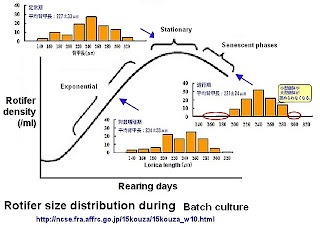The strategy of finfish culture founding in Chile

The strategy of f infish culture founding in Chile Masatoshi FUTAGAWA CORDUNAP February 28, 2012 Chile is trading country, concluded a treaty (FTA, EPA, TPP etc.) with 58 counties and exports primary industry materials such as copper ore, fruits and salmon etc. Economic situation of the country grows well and it join OECD in 2010. Salmons and trout exportation grew to 500 thousand ton (2.3 billion USD) in 2007 but there was an outbreak of virus (ISAV) and reduced to less than one half. Also, coastal fish resources decreased much due to overfishing and affect coastal life which is happening all over the world. Thus, it needs alternatives culture species of salmons to minimize risk and recover resource of coastal fish to improve coastal life. The keywords are “Sustainability”, “Minimum contamination” and “Less energy consumption”. I will write what are the needs and how to fish culture founding according to those key words. 1. Conditions 1.1. Fish c
